
Shanghai II: Dragon’s Eye is a captivating puzzle game from Activision that invites you to play ancient mahjong layouts in a strategic battle against the cunning Dragon. Much like the ubiquitous Tetris or the soothing matches of Mahjong Titans, this classic entertains with easy-to-learn rules yet endless depth. Every move reshapes the board, testing foresight and rewarding careful planning. Whether you jump in for a quick session or master each layout at leisure, the experience remains fresh and satisfying, making it ideal for anyone seeking a timeless challenge that feels as engaging online as on original hardware.
Long before casual gaming became mainstream, Activision released Shanghai II: Dragon’s Eye, transforming the tactile pleasure of mahjong into an elegant digital experience. The title faithfully reproduces engraved bamboo, dragon, and wind tiles, giving each selection a satisfying sense of weight despite the virtual format. Instead of the frantic pace seen in many arcade releases, this game rewards calm observation; scanning the screen for exposed pairs becomes almost meditative before a decisive click changes the board’s complexion.
Dragon’s Eye adds a clever twist by splitting play into two roles. First, you build a multilayered “eye” that protects a hidden tile pair; then you switch sides and attempt to dismantle your own creation within a set number of moves. This dual perspective turns a solitary pastime into a subtle contest of wits, echoing timeless board games where anticipating an opponent’s intention is as crucial as executing your own plan.
Modern emulation lets anyone play Shanghai II: Dragon’s Eye online instantly, free of charge and without downloads. A lightweight browser session loads the full game in seconds, preserving its 16-color palette on desktops, laptops, and phones alike. Touch screens replicate mouse clicks effortlessly, so clearing the Dragon’s Eye with a fingertip feels every bit as natural as using a classic DOS cursor.
Because the program is compact and self-contained, it runs smoothly across operating systems and screen sizes, sidestepping compatibility hurdles that often burden vintage software. Launch, play, and let the soothing soundtrack underscore your strategy—there are no restrictions on session length and no special plugins required. This friction-free access ensures newcomers discover the classic with ease while veteran puzzlers revisit nostalgia without hunting down aging hardware.
At its heart, Shanghai II is a study in probability and foresight. Every round begins with a fresh shuffle, ensuring that no two games unfold alike. Observing which suits dominate the upper tiers guides early removals, yet sustained progress hinges on recalling hidden tiles glimpsed during previous turns. The balance between immediate gratification and long-range planning evokes the mental gymnastics of chess, though here every piece is always visible—and yet perpetually at risk of lockout.
Replay value expands through adjustable difficulty. Beginners can linger over each move, while experts chase brisk clears that demand unbroken concentration. The rule set stays refreshingly simple, making the game approachable in moments, but mastery reveals itself only after patterns of distribution become second nature. That gentle learning curve paired with infinite variation keeps Shanghai II shoulder-to-shoulder with evergreen puzzlers, offering fresh challenges years after first discovery.
Despite the modest hardware of its origin, the game’s art direction remains striking. Clean lines and bold hues keep every symbol distinct, preventing eye strain during extended sessions. Subtle animations, such as a triumphant dragon unfurling after victory, add celebratory flair without disrupting the thoughtful pace.
The soundtrack pairs East-Asian melodies with soft electronic tones, never intruding yet never fading into monotony. Muted clicks accompany each selection, reinforcing the illusion of lifting real tiles from a table while maintaining the calm ambiance players seek in cerebral entertainment. Combined, these audiovisual touches immerse newcomers and veterans alike in an experience that feels both soothing and stimulating.
Whether you approach it for the first time or return as a seasoned strategist, Shanghai II: Dragon’s Eye endures because it unites simple mechanics, rich possibilities, and an atmosphere that invites contemplation. Controls are intuitive—select a free tile with the mouse or a tap, then pick its matching counterpart—ensuring your focus stays on reading the board rather than wrestling with an interface. By preserving these qualities across generations, the game proves that elegant design truly transcends changing technology.
All game code is publicly available, and Shanghai II: Dragon’s Eye remains the intellectual property of its original authors.
Share game
Share game
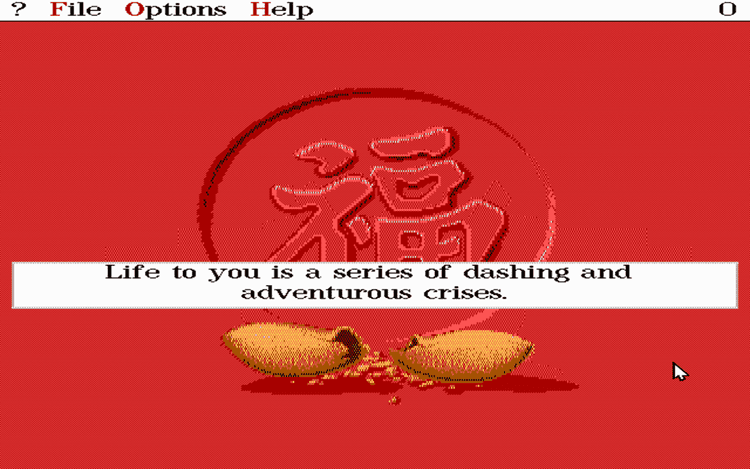
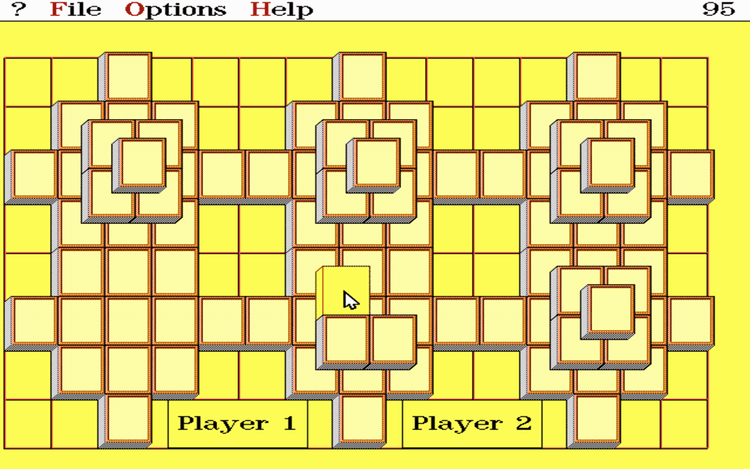
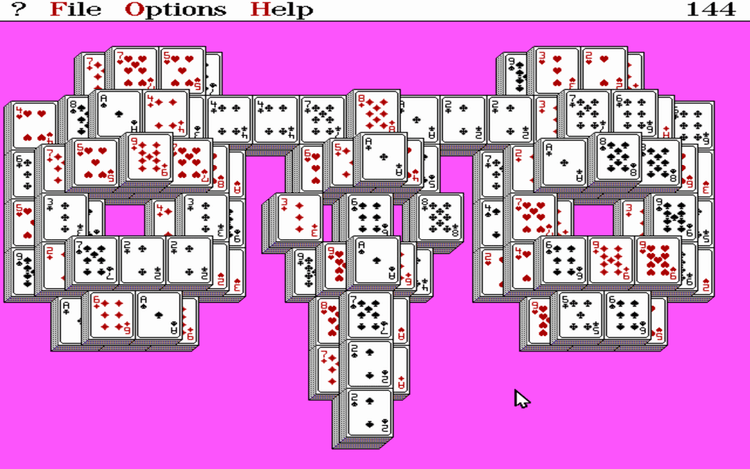
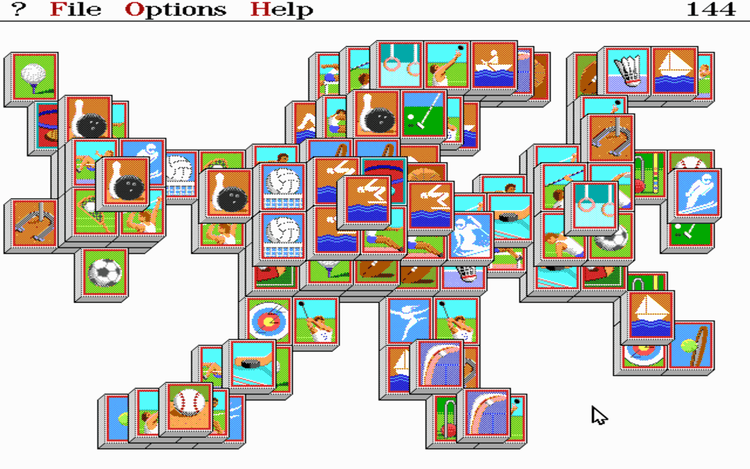
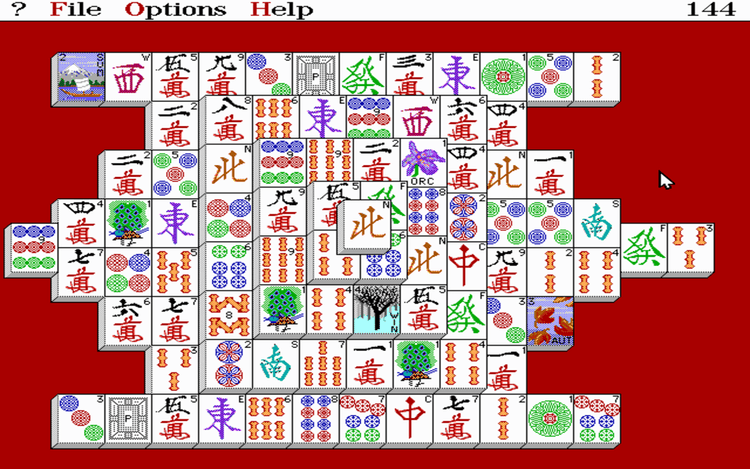
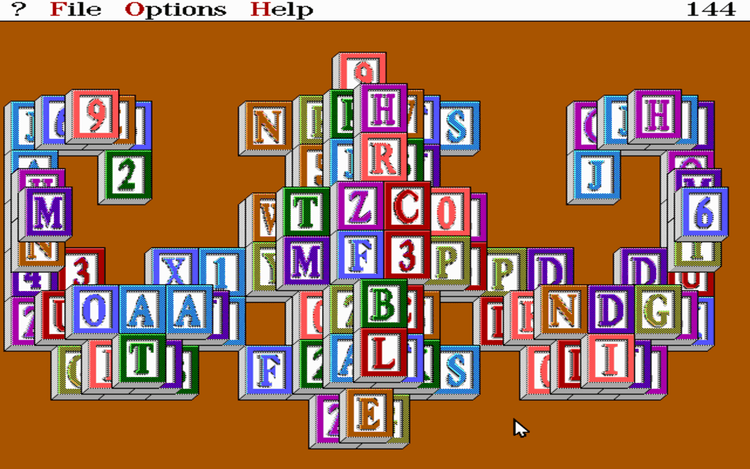
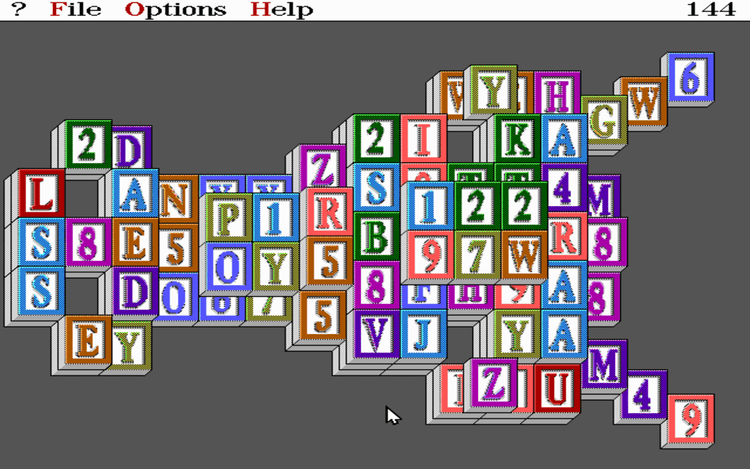
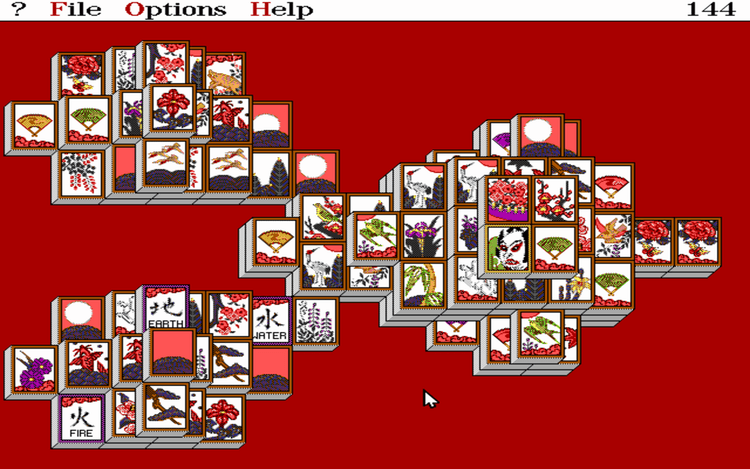
Share game